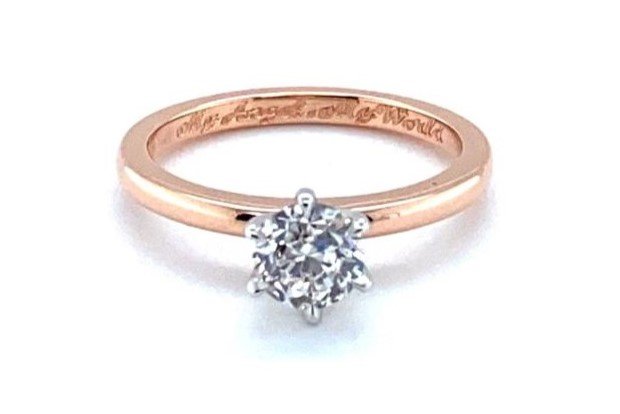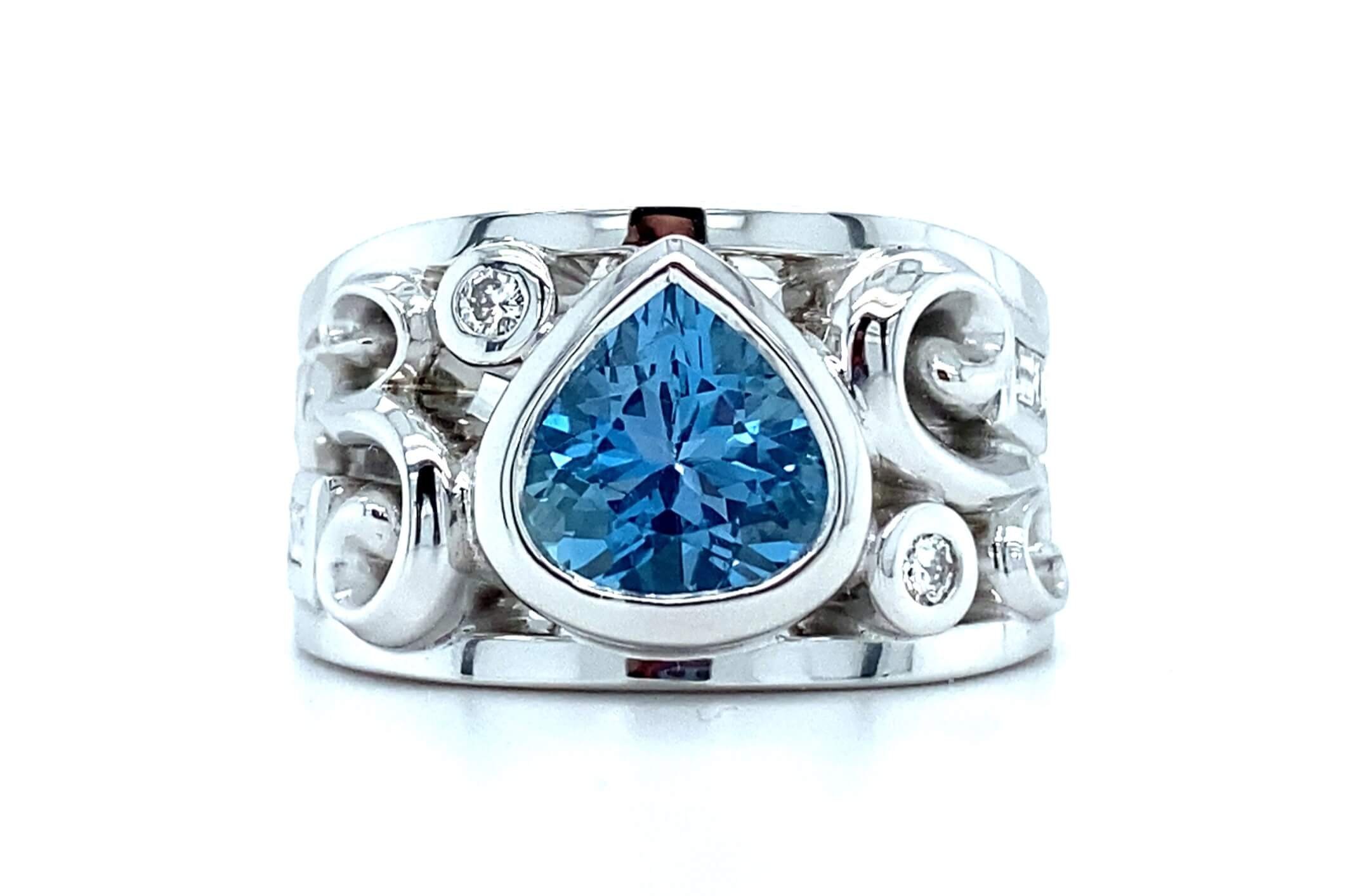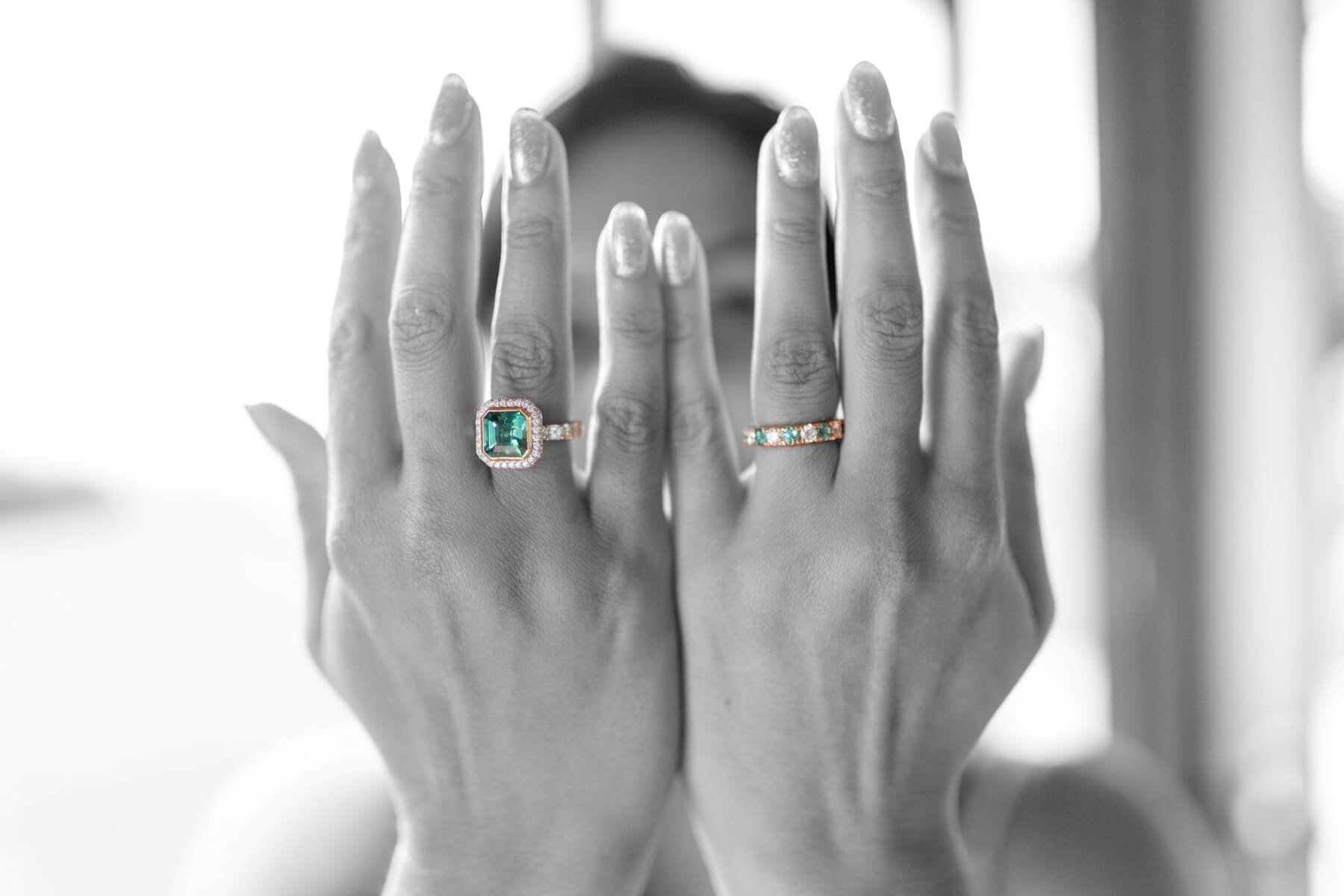SARA HANDMADE JEWELLERY
Ruby
Australian made
20 Years experience
Ethically sourced gemstones
Created to last a lifetime
What are Rubies?
It’s known in Sanskrit as ‘Ratnaraj’ - the king of the gems - and when you’re looking at a deep blood red ruby, it’s easy to see why. One of the four precious gems (along with diamond, sapphire and emerald) the ruby has captivated kings and queens, warriors and priests throughout history.
In the Bible the ruby is linked with beauty and wisdom, Burmese warriors believed it made them invincible in battle and medieval Europeans thought that it would bring health, wealth and love. Legend has it that Kublai Khan was willing exchange an entire city for a single ruby.
Ruby is the name given to the red form of the mineral corundum (an aluminium oxide). Pure corundum is naturally colourless and receives its colour from the presence of trace elements. In the case of the ruby, this is chromium: the more chromium present the redder the ruby. All other forms of corundum, no matter what the colour, are known as sapphire - a pink corundum is a pink sapphire, a red corundum is a ruby.
Where are Rubies From?
We know that the famed Mogok mines of Burma (now known as Myanmar) have been producing rubies since at least 600 AD. Stone age tools found in the vicinity have led some to claim that ruby mining in the region goes all the way back to 2500BC.
The finest rubies, like those from Myanmar, tend to be found in marble. A metamorphic rock, marble is created when pressure and heat from within the earth’s crust comes into contact with limestone deposits during the formation of mountains. It is marble’s low iron content which leads its rubies to have the much desired intense red colour. Rubies found in marble also have a tendency to fluoresce which increases their vivdness even more.
The original Mogok mines have been depleted and although others have opened, they are not of the same quality as the original ‘Burmese’ rubies. Vietnam, the Thai/Cambodia border, Sri Lanka, Pakistan, Afghanistan and Tajikistan are all producers too.
In the past few decades major discoveries in Africa have changed the market. The abundant mines at Montepuez in Mozambiqe have been the source of stones of exceptional quality and they are now the world’s largest producer of gem-quality rubies.
Custom Ruby Jewellery
One of the traditional cardinal gems, ruby is a durable gemstone to use in bespoke jewellery and coloured stone engagement rings.
What Our Customers Say
What Colour are Rubies?
Ruby gets its name form the Latin word ‘ruber’ (which quite literally means red) and the gem ranges in colour from an orangey-red to a purpley-red. Mention Dorothy’s ruby slippers, however, and a particular shade of red immediately comes to mind - a vibrant, intense red with a very slight purple undertone. This shade is often known as ‘pigeon’s blood’ and is used to describe the finest rubies.
The mention of a Burmese ruby creates much excitement and can increase the price of the stone. It is important to remember that not all stones mined in Burma are of the superior pigeon’s blood colour and each ruby must be judged on its own merits, regardless of origin.
There is much debate as to where the line lies between a ruby and a pink sapphire. The most respected gemological associations around the world all have different definitions. Cultural and historical considerations also come into play - in the west views towards colour have changed, with pink being considered a light red prior to the 20th century.
Are Rubies Expensive?
Colour is vitally important when it comes to a ruby’s value. The most expensive have a pure red to very slightly purplish-red hue, are vividly saturated and neither too light nor too dark. Most rubies will have some inclusions and their price reflects how visible these are to the naked eye.
Untreated stones of the finest appearance are incredibly rare and their price reflects this. Per carat values increase exponentially the larger a stone gets: the 15.05 carat cushion-cut ‘Crimson Flame’ Burmese ruby that sold at Christies Hong Kong in December 2015 fetched an astounding US$18 million - that’s US$1.2 million per carat!
It’s estimated around 95% of rubies are treated in some way, usually to improve colour. These stones are far more affordable and depending on the colour and clarity can be less than a similarly sized diamond. Just because you don’t have millions of dollars to spend doesn’t mean you can’t have an extremely beautiful ruby as part of your collection.
Are Rubies Good for Jewellery?
Ruby is a fantastic stone for jewellery. It rates a 9 on the Mohs hardness scale, second only to diamonds when it comes to natural gemstones. It also has excellent toughness, and, unlike a diamond, has no cleavage (a tendency to break when hit). In addition ruby has excellent stability, which means that is not susceptible to heat, light and household chemicals.
Practical matters aside, the ruby is an excellent stone for jewellery thanks to its sheer beauty, legendary history and romantic associations. Its universal association with love and passion make it an ideal gem for an engagement ring.
We often make up bespoke pieces for 40th ‘ruby’ wedding anniversaries and three-stone rings with diamonds are a popular, classic choice. The symbolism is appropriate: when a ruby is paired with the strongest mineral on earth (the diamond) it signifies everlasting love.
Our Services
Sara Handmade Jewellery offers bespoke jewellery, custom designs and everything in between to keep you sparkling
-

Bespoke & Custom
Have a piece jewellery custom designed and created just for you. Become a part of the design process for your new special piece.
-

Engagement Rings
We will find the perfect gemstone to create you an engagement ring that expresses your love and will be treasured forever.
-

Jewellery Remodelling
Have family heirlooms, sentimental jewellery and unworn pieces remodelled into something new. Add gems and give the design your own personal touch.
-

Repairs & Restoration
Repair or restore your damaged jewellery to look like new. Resizing, rhodium plating, re-tipping as well as replacing damaged and missing gemstones.
-

Dress & Cocktail
Big, bold and beautiful dress rings designed to make a statement. We can help you create your own bespoke statement ring.
-

Gemstone Sourcing
We will find the precious and semi-precious gems you are looking for in any colour, size, shape or clarity.
FAQs on Ruby
-
Ruby is the birthstone for July.
-
Ruby is the gemstone for the 15th and 20th wedding anniversaries.
-
Absolutely. Rubies are very durable stones and can stand up to daily wear and tear. This doesn’t mean that they can’t be damaged, just that they are second only to diamonds when it comes to the durability of natural gemstones.
-
Ruby is sometimes heat treated to improve its colour. In addtion many gems on the market that have been fracture-filled or dyed. Treatment greatly affects ruby price so you should only purchase your gems from a reputable dealer who will disclose all treatments.
-
Warm soapy water is always the best way to clean any gem. Steam and ultrasonic cleaners should be safe as long as your ruby has not been fracture-filled or dyed. We do not sell such stones.
Get in touch
Get in touch to book an appointment, ask us a question or start creating the perfect piece of jewellery.







